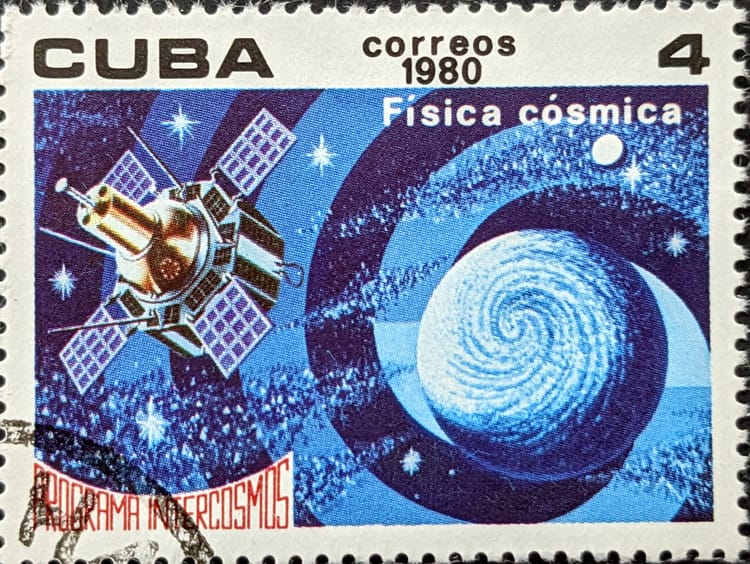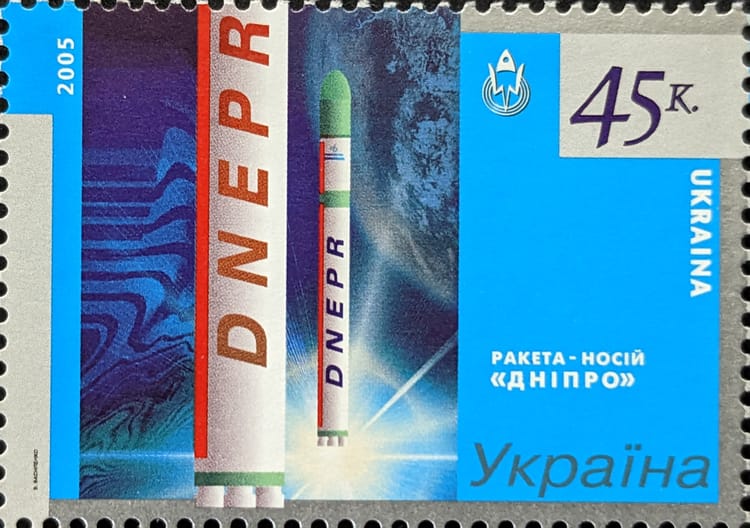Additional SpaceX Information and What is “Mission Essential,” Anyway?
This always happens in research.
No matter how thoroughly I dig around, no matter how much time I dedicate to the task of researching a topic, something new will inevitably come up AFTER I hit the “publish” button.
Fun with Numbers
The topic I’m referring to was in Monday’s post: Pandemic-instigated Bankruptcies? It’s not that my post is inaccurate. It turns out, though, that SpaceX said one thing--that it raised $500 million in its last funding round--but never publicly stated it fell short of that amount when it filed its Form D (look at section 13, here). Based on the form, it looks like SpaceX didn’t even reach its goal of $250 million, falling about $29 million short. While the obfuscation is troubling, what might these lowered numbers mean for SpaceX?
According to the source of this new information, a post from Tim Farrar of TMF Associates, SpaceX is too invested in Starship and Starlink to avoid bankruptcy. He derives this conclusion from a few bits of data:
- The low investment turnout in SpaceX’s latest funding round
- High burn rate of funds for Starship/Starlink activities (estimated at $100 million/month)
- Low number of paid launches in 2019 and 2020 (only one of the company’s five 2020 launches so far was for a customer--the rest were for Starlink)
While I am unsure about the $100 million per month burn rate, the other two data points are absolutely correct.
Looking ahead, SpaceX has at least another nine launches on the manifest for 2020. Currently, only one of those future launches is for Starlink, with the other eight are for paying customers. That means that as of this writing, SpaceX has only ten customer-paid launches for the year. Missing from the manifest are SpaceX’s dedicated rideshare launches, which might add one-two more launches to the year. SpaceX is likely to add more Starlink launches to the manifest as well--if it can afford to.
That’s where Farrar comes back to his belief that SpaceX will require a bailout to remain in business through at least 2020. He sees that bailout in the form of a proposal from the Commercial Spaceflight Federation (CSF) to Congress. Within that proposal, the very first suggested measure is for Congress to establish a $5 billion loan/grant program for aerospace companies. IF the stars of largess align, a little bit of that money might be useful to SpaceX.
Or Musk figures out another way. He’s done it in the past.
Space Industry Snowflakes
That CSF proposal is par for the course for any industry willing to take advantage of a pandemic to get a piece of the tax-payer funded pie. The best kind of proposals are the ones that lace some truths with hyperbole and specialness, such as the space sector is crucial for “national security, economic, and scientific goals.” According to the CSF, COVID-19 will cause “lasting harm” to all those goals IF Congress doesn’t act.
In case Congress doesn’t know what to do in response to COVID-19 for the space industry, the CSF floats six measures (one of which is the establishment of that $5 billion loan/grant program). The other five, which you can read in the link above, have everything to do with cushioning the U.S. space industry from COVID-19’s impacts. The reason for Congressional cushioning is the “crucialness” of the sector (as already outlined in the paragraph above).
At this point, I’m stepping back from the bubble.
Aside from ongoing military and intelligence missions (and even the criticality of more than a few of those is debatable), nothing crucial is going on in space. There are no life-or-death plans for launching anything to space anytime soon. The whole point of space activity, at least as we know it today, is to make things better for people here on Earth. For national security, space provides an edge in information gathered, targeting, movement, and reaction time.
If telecommunications satellites fell out of the sky today, there’s still the internet and terrestrial wireless--which is something the overwhelming majority of U.S. citizens already use (much to the satellite telecom providers’ chagrin). If Earth observation satellites suddenly stopped working, there are aircraft and drones to fall back on. If GPS stopped working, it would be an inconvenience for the majority of us, but we’d still get around okay. The same response applies to national security--the military could still function, albeit in a very hampered way.
But that won’t happen, because the military’s space assets are already on orbit and functioning. Plenty of those satellites are meant to be used through nuclear conflict, hardened against electromagnetic attacks, with redundancies against failure built-in (in case you didn’t know where some of your money went). These characteristics highlight the beauty of satellite operations--they are operated remotely and provide services in time of need, such as now.
Most of the satellites orbiting the Earth today will remain up there for months to years--sometimes decades--well beyond the potential impacts of COVID-19. They are designed to be robust and can operate without humans for a while. National security, science, and, at least in part, economics, are already well in hand, with no need for a “booster shot.”
In other words, all those suggested measures potentially do is give the weaker, underfunded companies some breathing space, while providing the rest an excuse to conduct business as usual, with minimal repercussions to their bottom-lines. And while the technologies and capabilities those companies might one day bring to the table might even be necessary, I would suggest they are far from critical. That assessment includes SpaceX’s fascinating forays into Starship and Starlink.
When Contractors Can’t Quit
However, memoes from the Department of Defense, such as this one reported from SpaceNews, help reinforce this space echo chamber in which spending money on programs and people in the space industry is great for national security. I imagine the DoD is encouraging Congress to consider the CSF’s proposal, with that memo showing the lawmakers how serious the DoD is about national space security.
Again, if the mission is to defend the U.S. right now, during an outright war, then yes, contractor support of defense activities is critical. Many of these same employees would not hesitate to come in during wartime and do their job. They are patriots.
But, and unless it’s being done in secret, the U.S. is not at war. To force people to work together with the possibility of getting someone killed when it’s entirely preventable is not acceptable. While some space industry companies may support their employee’s decision to stay away from work, I suspect many will not. That particular DoD memo provides unscrupulous companies a carte blanche mandate to fire employees genuinely worried about COVID-19.
In some ways, the DoD memo makes things worse. It forces an already small workforce, the space workforce, to work in conditions that are not guaranteed to be COVID-free. These people are engineers, scientists, welders, etc.--all with hard-earned knowledge gained in the industry about their particular areas of expertise. These are the people specific organizations claim there aren’t enough of--and yet they’re facing higher odds of exposure to COVID-19 than working from home? This proclamation seems very short-sighted.
The space industry’s workforce, and not just those in the U.S., will suffer from COVID-19’s impacts. The scale of the effects on the space workforce is to be determined: it could be minor, losing a little money, perhaps with some job losses, to possibly fatal results. The nature of some of the industry’s environments allows for isolation during work. Still, for the workforce segments working on the launchpad, in a factory, or staffing an operations desk, how do employers ensure those are COVID-free environments?
Someone in government is already leading the way: maybe others should follow NASA’s lead?
At the same time, NASA needs to whittle down what "mission essential" means. Why not use this simple guideline: if the work supports a person's survival today, then that's mission essential. I would suggest Space Launch System work--a system that will not be used in the next few years (if ever)--is not mission essential. Keeping astronauts safe aboard the International Space Station is.
I hope NASA and other groups are taking a hard look at what other nations seem to be successfully implementing. Telework should still be used where it makes sense. But temperature checks for those who need to be physically present might work. If any of those measures work, then NASA, the DoD, U.S. companies and organizations should use them to continue operating rather than shutting down and asking for money.




Comments ()